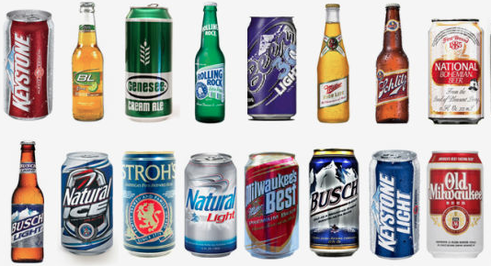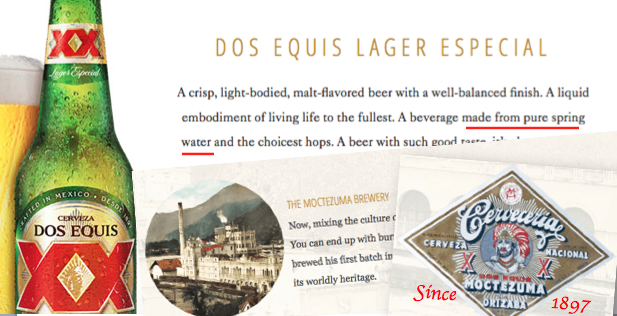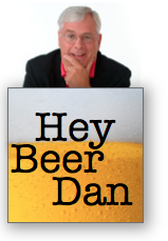Just in time, and in the spirit of fair play, the least we can do is offer MillerCoors the same sort of Freely offered and worth every penny help we gave Busch.
If there was only one cheap beer out there, that brand would be distinctive by virtue of its price. But with virtually identical price points, and no advertising support to communicate anything special, the dozens of cheap beers struggle to register any distinctiveness, the prerequisite to marketing success.
The only modicum of distinctiveness for a low-priced beer these days comes from its brand name and label. Many--Miller High Life, Schlitz and Old Milwaukee, to name three--may retain a faded halo of distinctiveness from their long-gone days as premium brands. But whatever vestige of specialness is still there only diminishes over time as beer drinkers repeatedly encounter the low price. "Cheap" and "premium" are incompatible in beer drinkers' minds. If you're one, you can't be the other.
Others cheap brands--notably Busch and Keystone--have pretty much always been below-premium. Even when "premium" may have appeared on their labels, they were created to compete in the low-price segment, and that's where drinkers put them.
Regardless of how they came to be, brands in both groups offer some valuable lessons.
What makes one cheap beer different from another? Historically, most beer marketers believed the answer was "not much." Advertising guys--always keen to make ads that get attention, but carry no burden of communicating product facts--often saw cheap, undifferentiated beer as fertile ground for their clever, entertaining ads. "We can make you stand out," they pitched. Their prescription: Over-the-top humor and celebrities. These sorts of ads were widely hailed in the ad community. Hilarious some of them were, but they also failed to move the sales needle, in this case for Old Milwaukee.
| | |
Back in the late '80s, Coors decided to broaden its portfolio by launching a low-price beer. (Full disclosure: This author was directly involved in Keytsone marketing during that time.) There hadn't been a new beer launched in the segment for many years. But selling an entirely new brand meant conveying an element of uniqueness. Otherwise, what would be the point of announcing just another cheap beer? On Keystone, the lower price would be a pleasant surprise when a buyer showed up at the beer cooler. The brand would be launched only in cans with a related distinctive-taste claim: bottled beer taste in a can.
How we see it
The lesson for MillerCoors today: In one key respect, "value brands" and premium brands are alike: both need distinctiveness to drive consumer choice their way. Entertainment alone is no selling strategy. As the MillerCoors manager in charge of these brands said, “Part of economy is getting back to delivering value.” We agree with her. "Value" means getting something desirable, for less money. Without the "desirable" (distinctive) part, all you have is the "less money" part. And when all the brands are already low-priced, no brand has a competitive edge.
Our advice to MillerCoors is akin to what we told Busch. Find the provocative, appealing product distinctiveness your low-priced brand can offer. Focus your strategy--advertising, packaging, promotion, social media--on that difference.
And begin winning... again.





 RSS Feed
RSS Feed
